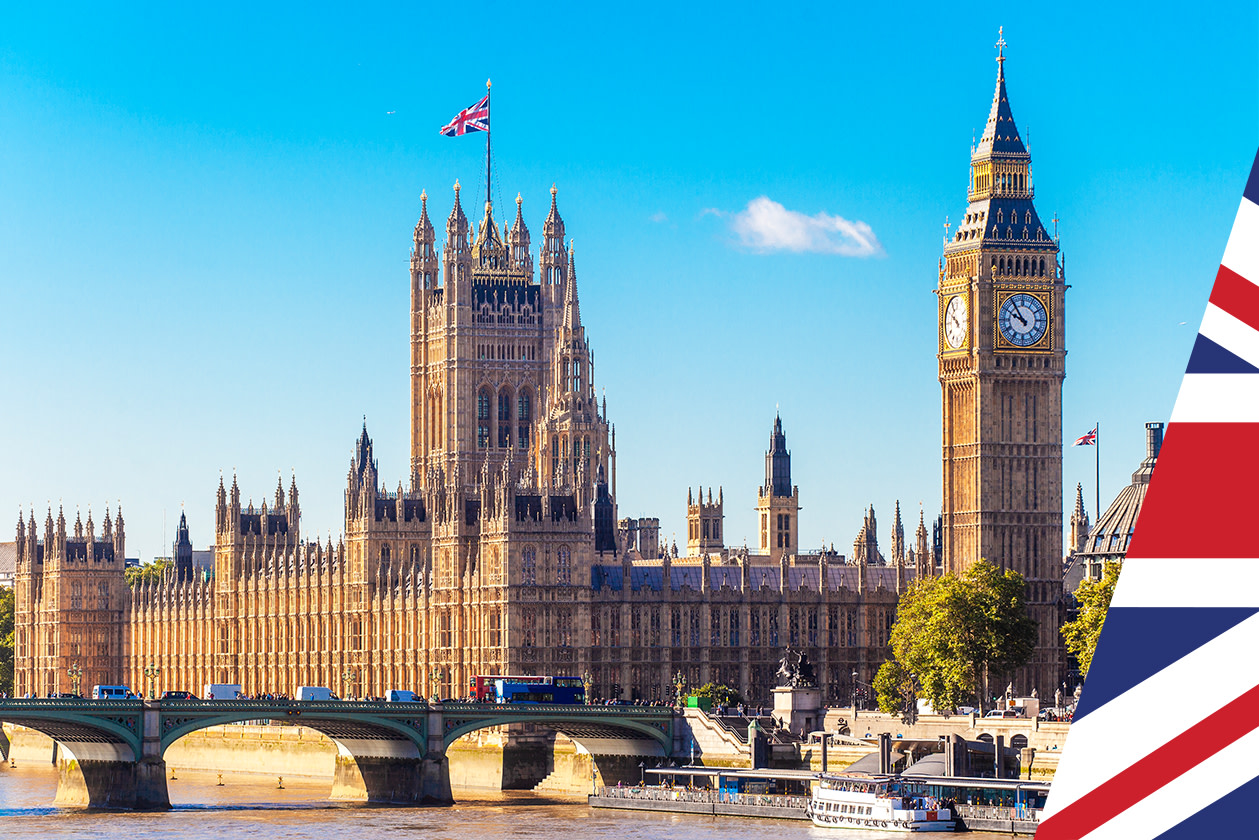The Bank of England’s ‘hold steady’ signal earlier this month provided another sign that the interest rate rising cycle has ended, as inflation came in closer to the 2% target.
This means the market environment for bonds to us looks more positive than it has for the past two years.
Gilts are bonds issued by the government. They can act as a diversifier within investment portfolios and offer an income.
In return for lending the UK government money, they will pay you coupons (interest payments) and then when the bond matures, return your capital too. The return of capital at the end is called the maturity (or par) value.
Yields available on the 10-year UK gilt are around 4.2%. They’ve moved around this level ever since the Truss-Kwarteng mini-budget of September 2022 took them above 4%, the highest they’d been in over a decade. Remember though, yields are variable, and no income is ever guaranteed.
Investing in UK plc is therefore more appealing than it has been for some time. There are two ways to invest in gilts and we explore these options below.
You should understand the specific risks before investing, and make sure any new investment forms part of a diversified portfolio.
This isn’t personal advice or a recommendation to invest. All investments and any income from them can fall as well as rise in value, so you could get back less than you invested. Past performance isn’t a guide to future returns. If you’re not sure an investment is right for you, ask for financial advice.
Information correct as at 22 May 2024, unless otherwise stated.
Investing in a gilt fund
The lower level of risk compared to some other asset classes makes gilts an investment option often considered when approaching retirement and when looking to reduce risk in a portfolio.
Although, there’s always the possibility the UK government won’t be able to repay the bond and investors could lose money.
If investors hold bonds through a fund, they don’t need to worry about maturity values as the fund manager will manage the cashflows and reinvest them into other bonds.
However, because funds are invested in a number of different bonds at any point in time, the overall returns that might be achieved are unknown.
The L&G All Stocks Gilt Index Trust offers a low-cost option for tracking the performance of the FTSE Actuaries UK Conventional Gilts All Stocks index.
It tracks the benchmark by investing in every gilt in the index. To help keep costs down, the team use cash to make large purchases instead of lots of small transactions.
This fund takes charges from capital. This might increase the level of income paid out, but could reduce the potential for capital growth.
We think this tracker fund could be used to diversify a portfolio focused on shares, or form part of a portfolio for generating income.
Investing in gilts directly
Investing in gilts directly means buying individual gilts for an investment portfolio. It’s similar to buying individual shares.
For savers who’ve maxed out a Cash ISA and are looking for tax-free returns, investing in gilts could be a good option.
When buying gilts directly, rather than through a fund, investors don’t have to pay capital gains tax on any increases in their capital value between purchase and sale or maturity. However, they might be liable to pay income tax.
Coupons and maturity values are fixed, meaning investors can know in advance what returns they can expect to receive and how much will come from capital versus income.
Although, there’s a risk of the government defaulting on its payments and investors losing money. The fixed nature of returns from gilts makes them a useful option for investors trying to manage their income for tax purposes, for example. However as they are fixed, inflation can reduce the value of these returns in real terms.
The table below shows six gilts and compares the returns from capital and income that’s possible for each of them.
The figures are based on a £10,000 investment, although they don’t take into account dealing charges. It’s worth remembering that tax rules can change and will depend on personal circumstances. Past performance is not a guide to the future.
Gilt Name | Coupon | £ Price* | Maturity date | Capital | Interest |
|---|---|---|---|---|---|
Treasury 3.5% | 3.500% | 98.29 | 22/10/2025 | 26% | 74% |
Treasury 0.125% | 0.125% | 93.17 | 30/01/2026 | 97% | 3% |
Treasury 0.375% | 0.375% | 90.90 | 22/10/2026 | 91% | 9% |
Treasury 4.125% | 4.125% | 99.20 | 29/01/2027 | 7% | 93% |
Treasury 0.25% | 0.250% | 76.30 | 31/07/2031 | 93% | 7% |
Treasury 4% | 4.000% | 99.03 | 22/10/2031 | 3% | 97% |
*Gilt prices shown are the ‘clean’ prices, exclude accrued interest and are shown per £100 of nominal bonds.
**These are estimated returns based on the prices quoted in the table above. They do not allow for any potential transaction fees and should be considered as illustrative only.
The clean price is the price of a bond not including any accrued interest. This is the price that’s normally quoted on our website. The ‘dirty price’ is the price of a bond that includes accrued interest between coupon payments.
If you buy a bond immediately after issue or the most recent coupon, the clean and dirty prices will be the same. Buying partway through a coupon period (they’re typically paid twice a year), you’ll need to account for adjustments that reflect income accrued to the bond. This means the actual price you pay will include accrued interest and the cost of the bond.
In practice, once you’ve bought the gilt, it will reflect as ‘loss’ on your account – this is simply because the accrued interest was not reflected in the value shown.
How to buy gilts
You can buy bonds and gilts in a choice of HL accounts. Once you have an account and are familiar with bonds and gilts, call us on 0117 980 9800 during market hours (Mon-Fri 8am-4:30pm) to deal. You can also view and buy some gilts online in some circumstances.
Bonds might not be suitable for all investors and neither income or capital is guaranteed. You could still get back less than you invest. If you’re unsure whether any investment is right for you, you should seek advice.
We’ll refund the first £100 of dealing charges until 21 June. Terms and other costs apply. Capital at risk.
The UK stock market is one of the best opportunities for investors at the moment in our opinion.
Find out why and discover the UK investment ideas our experts believe have the most potential.




